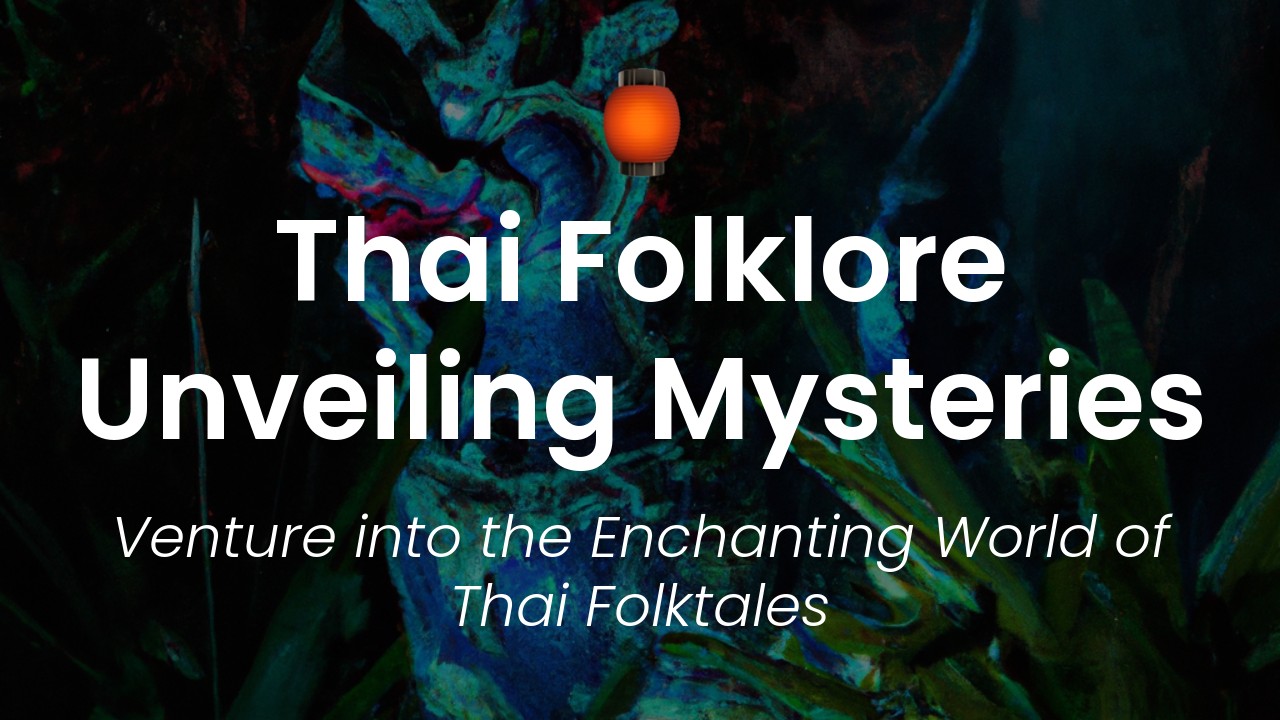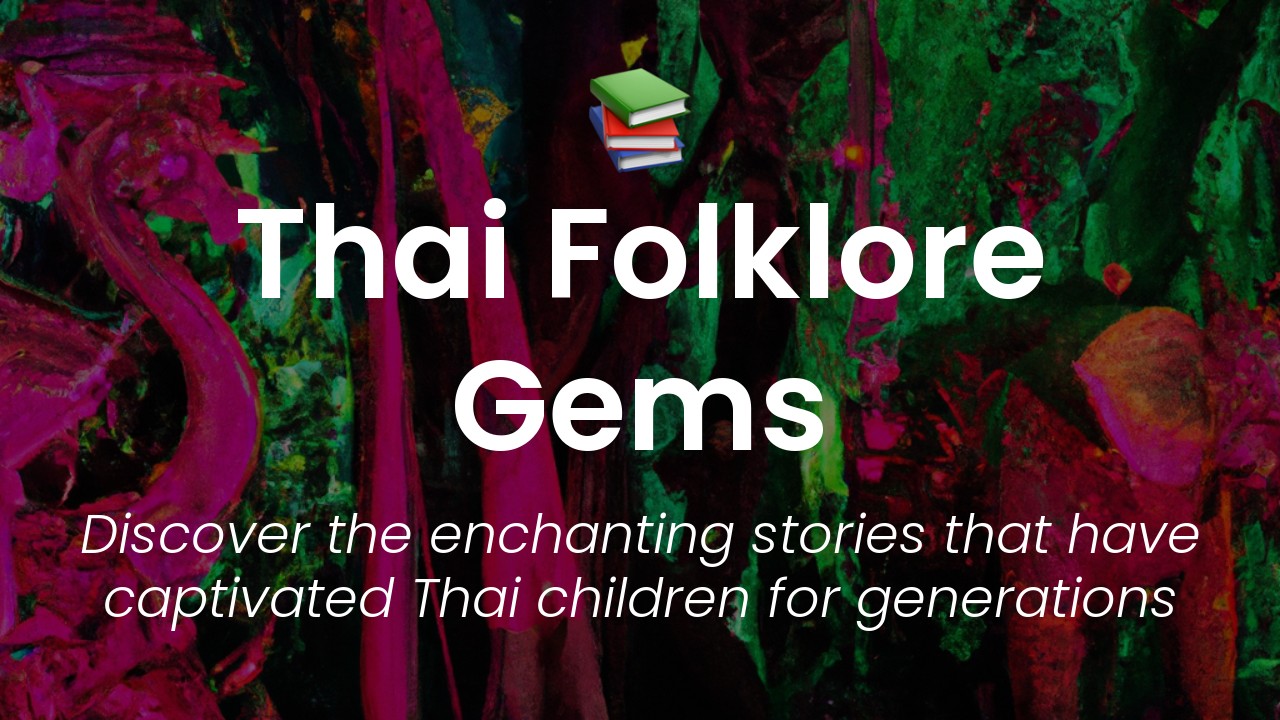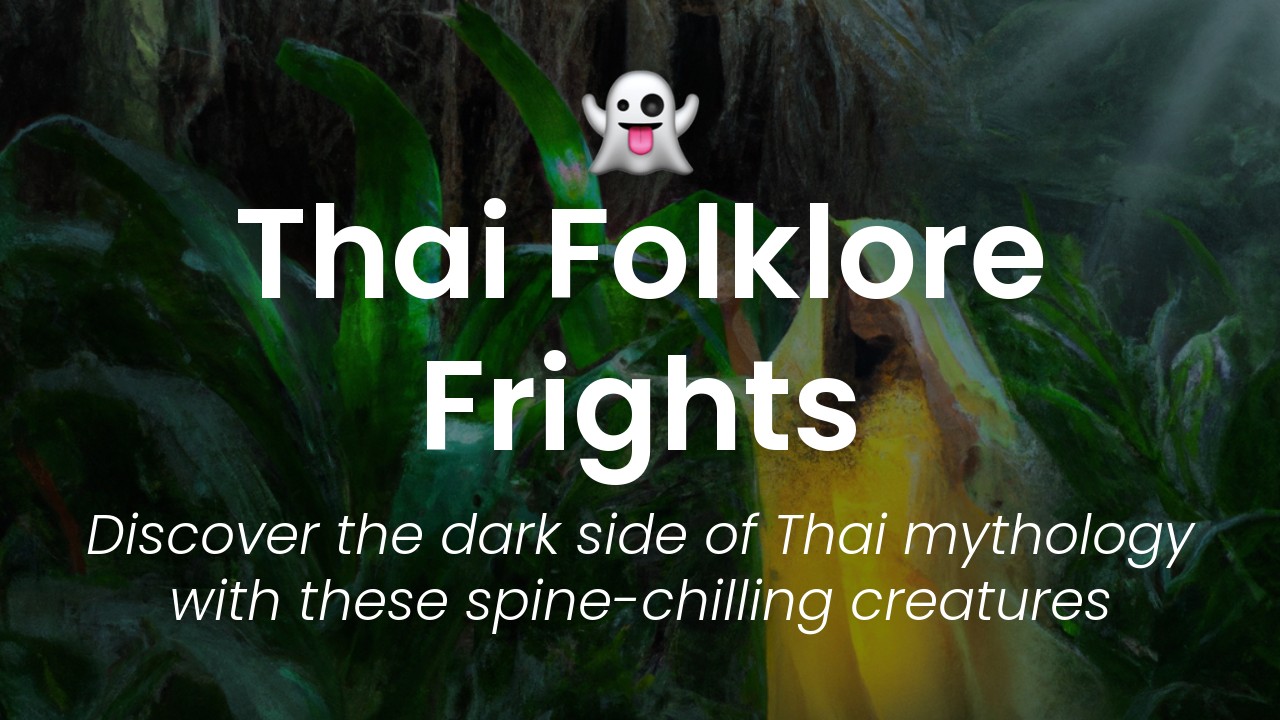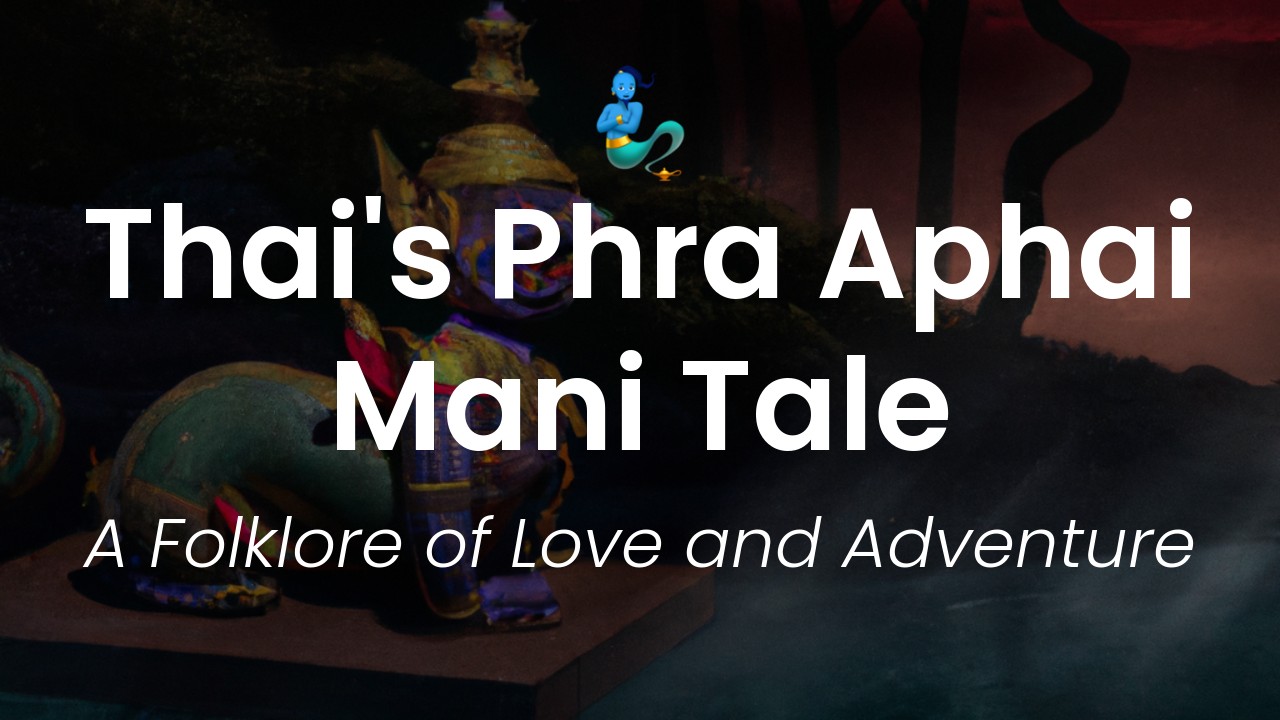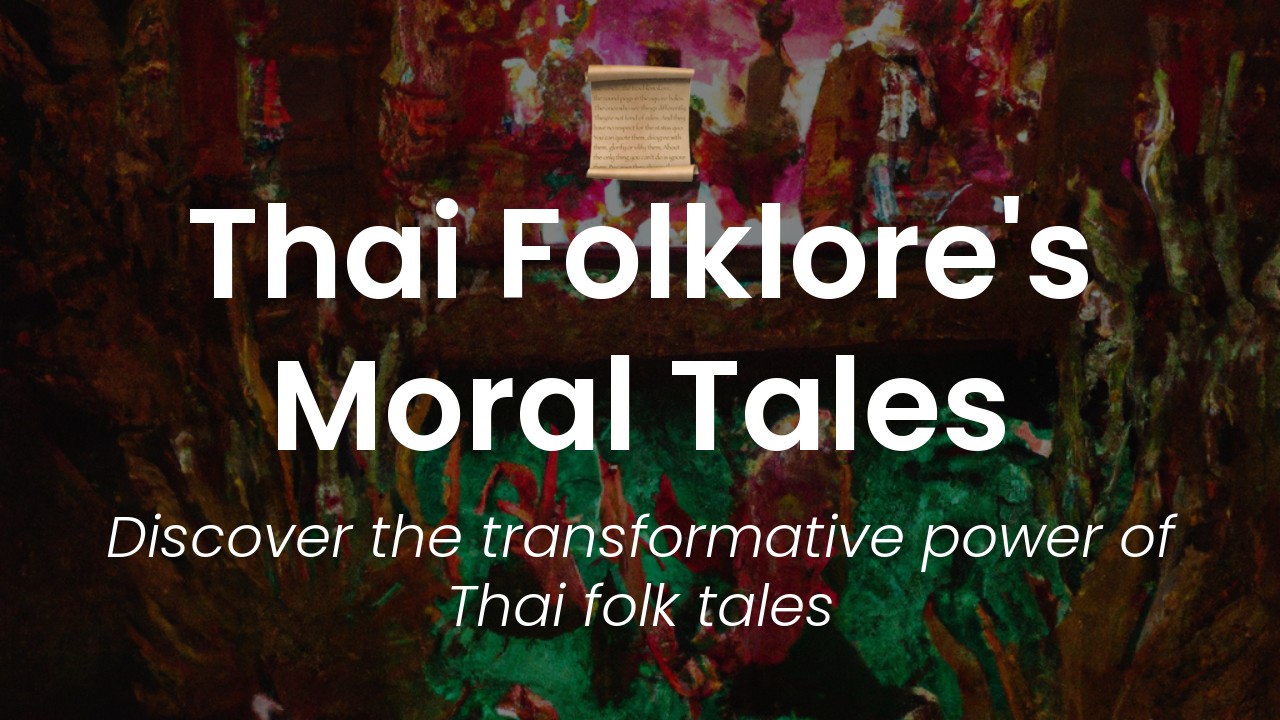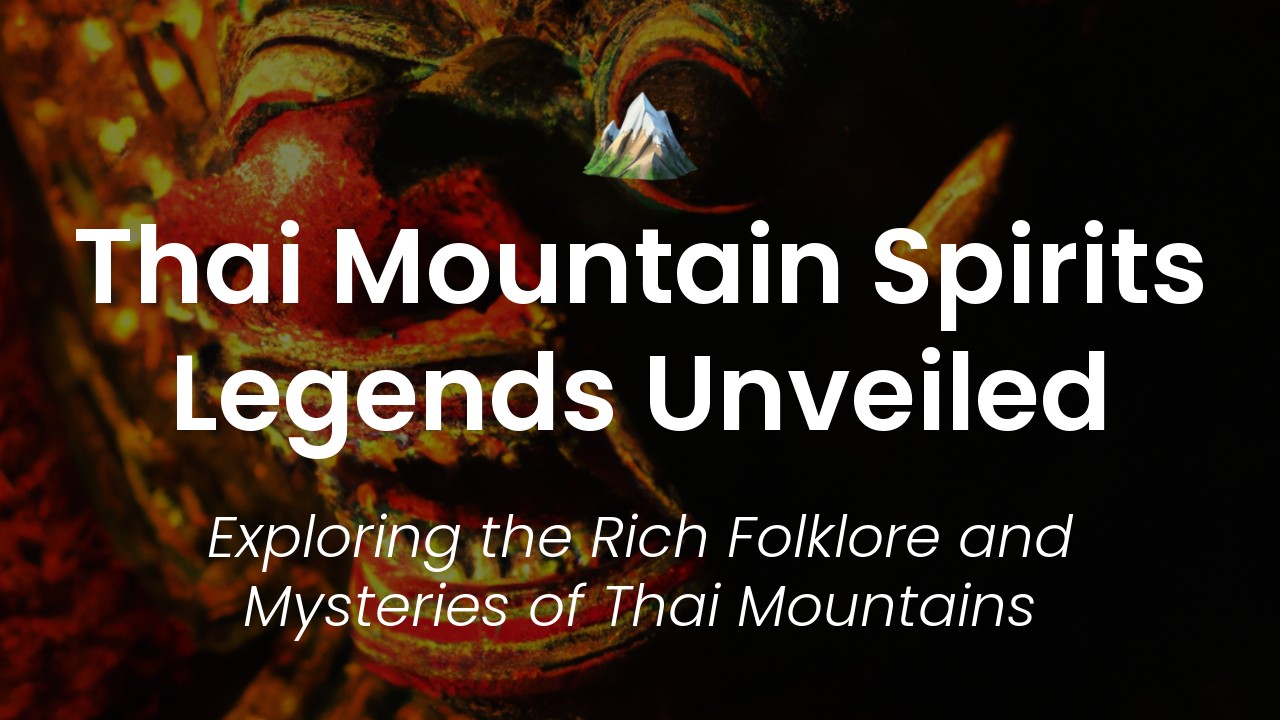Welcome to my blog about Thai culture and tourism in Thailand! My name is Sirinya and I'm excited to take you on a journey through the fascinating world of Thai folklore. As a Thai native, I grew up hearing stories about enchanted spirits and mysterious creatures that inhabit the country. These legends and folk beliefs are an integral part of the country's cultural heritage and continue to influence Thai society today.
In this article, I will introduce you to some of the most popular folk tales and legends that have been passed down through generations in Thailand. Through these tales, we can gain a better understanding of the beliefs, values, and traditions that have shaped Thai society for centuries. From the mystical Naga serpent, to the infamous Phi Ta Khon festival, there are plenty of wonders to uncover.
As we delve into the world of Thai folklore, I will also touch on the cultural significance of these stories. You'll see how they have influenced Thai art, music, dance and even modern-day fashion. So, get ready to immerse yourself in the mysteries of Thai folklore and discover the beauty of Thai culture!
Origins of Thai Folklore
Thai folklore is a rich tapestry of myths, legends, and spiritual beliefs that have endured for centuries. Rooted in ancient animistic traditions, Thai folklore has been shaped by waves of immigration and cultural exchange, resulting in a diverse and fascinating mythic landscape.
The earliest Thai folklore was likely based around animistic beliefs that associated spiritual beings with natural phenomena. These beliefs evolved to include Hindu and Buddhist influences, as well as influences from neighboring cultures like China and Myanmar.
Role of Folklore in Thai Culture
Folklore has played an important role in Thai culture throughout history, influencing everything from traditional art forms like music and dance, to everyday customs and festivals. Folk tales and legends are often used to teach children moral lessons and are still a common form of entertainment today.
Thai folklore is also deeply intertwined with Buddhism, which has been the dominant religion in Thailand for over a thousand years. Many folk tales feature Buddhist themes and elements, such as the story of Phra Apai Mani, a trickster hero who uses his wit and wisdom to outsmart his enemies.
Famous Thai Folktales & Legends
One of the most well-known Thai folktales is the story of Mae Nak, a ghost who haunts the area around a temple in Bangkok. According to legend, Mae Nak lived in the area with her husband, but died during childbirth. She was so devoted to her husband, however, that her spirit remained earthbound and continued to care for him from beyond the grave. The story has been adapted into countless plays, movies, and TV shows, and remains a beloved part of Thai culture.
Another famous Thai legend is the story of the Naga, a mythical serpent that is believed to guard the treasures of the earth. The Naga is often depicted in Thai art and architecture, and is a common theme in Buddhist temples.
Spirits & Supernatural Beings in Thai Folklore
Thai folklore is full of spirits, ghosts, and supernatural beings, many of which are unique to Thailand. One such spirit is the Phi Ta Khon, a ghost that is said to return to the mortal world during the Phi Ta Khon festival in Loei province. The festival is a colorful and lively event that features elaborate masks and costumes, and is based on a legend about a young prince who was lost in the forest and rescued by a ghost.
Another supernatural being that is central to Thai folklore is the Kinnaree, a half-bird, half-woman creature that is known for its beauty and grace. Kinnaree are often depicted in traditional Thai art and dance, and are seen as symbols of love and peace.
Folk Music & Dance in Thai Culture
Folk music and dance are important parts of Thai culture, and have roots in traditional animistic and Buddhist beliefs. One popular form of folk music is Luk Thung, which features soulful vocals and traditional instruments like the khene, a bamboo mouth organ. Luk Thung has been popular in Thailand since the 1960s, and has evolved to include elements of western music as well.
Traditional Thai dance is also an important part of Thai culture, and is often performed during festivals and celebrations. One form of dance that is central to Thai folklore is the Ram Thai, a dramatic dance that tells the story of the Ramakien, a Thai epic that is based on the Indian Ramayana.
Traditional Thai Festivals & their Folklore roots
Many of Thailand's most beloved festivals have their roots in folklore. One such festival is Loy Krathong, a festival that takes place on the full moon in November. The festival is a celebration of the water goddess, and involves floating decorated baskets adorned with candles and incense on rivers and lakes throughout the country.
Another festival with deep folklore roots is Songkran, a celebration of the Thai New Year that takes place in mid-April. Songkran is known for its festive water fights, which are said to represent the cleansing of the soul and the washing away of sins.
Modern Interpretations & Preservation of Thai Folklore
Modern interpretations of Thai folklore are abundant, with countless books, movies, and TV shows drawing inspiration from traditional tales and legends. The preservation of Thai folklore is also an important priority in Thailand, with organizations dedicated to documenting and promoting traditional stories and customs.
One such organization is the Princess Maha Chakri Sirindhorn Anthropology Centre, which has published numerous books on Thai folklore, including a comprehensive encyclopedia of Thai folklore and customs.
In conclusion, Thai folklore is a rich and fascinating tapestry that reflects Thailand's complex cultural history. From ancient animistic beliefs to Buddhist and Hindu influences, Thai folklore is a testament to the resilience of traditional beliefs and the enduring power of myth and legend in shaping the culture of a nation.

